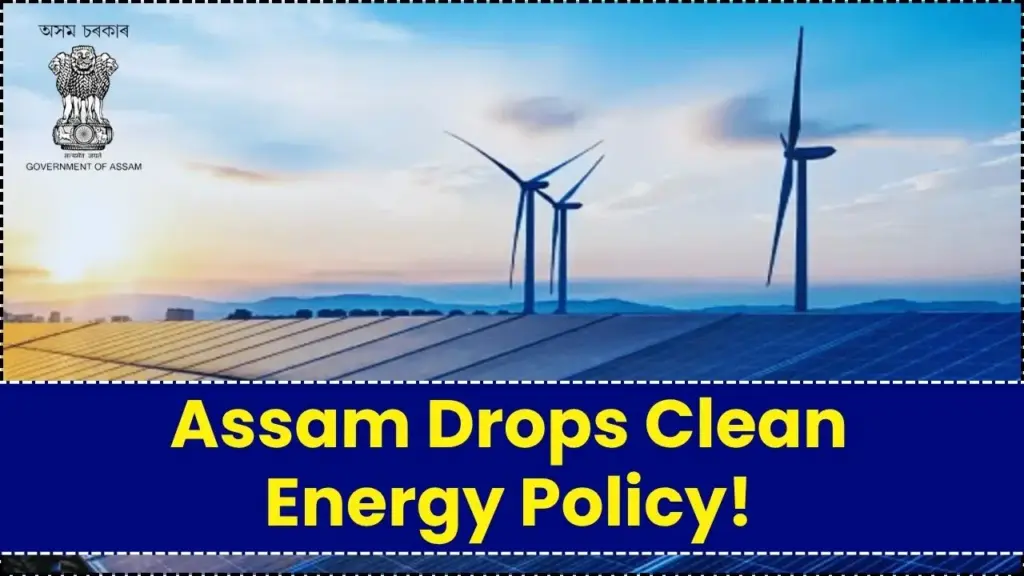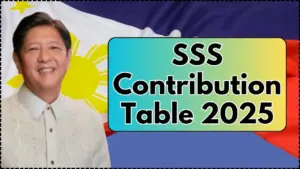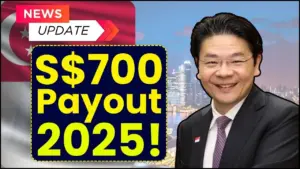Assam’s clean energy policy withdrawal didn’t just make headlines—it jolted boardrooms and deal trackers across India’s power sector by injecting uncertainty into pipelines that were finally gathering pace in the Northeast. The decision surfaced through an internal cabinet memo from mid-July indicating the umbrella framework—launched in February to attract capital with subsidies and eased guarantees—has been rescinded. With no formal public notification clarifying transition or grandfathering, developers now face ambiguity on incentives, timelines, and bankability, pushing financial closes and repricing risk across planned assets.

Assam’s clean energy policy withdrawal is now a litmus test for project bankability in the Northeast. The integrated framework had underpinned transmission support and more flexible security requirements, helping utility-scale renewables and early green hydrogen pilots pencil out. The absence of a clear public notification leaves a gap: are interim protections coming, will award or bid-out projects be grandfathered, and what is the timeline for a replacement framework? Until that clarity arrives, sponsors typically raise hurdle rates, diligence cycles stretch, and committees add policy-risk premiums.
Table of Contents
Assam Drops Its Clean Energy Policy
| Key point | What happened | Why it matters | Current status |
|---|---|---|---|
| Integrated clean energy policy | Cabinet decision reportedly rescinded the February framework via July 18 memo | Removes subsidies and relaxed guarantees that improved project bankability | No formal public withdrawal notice; developers await clarity |
| Investor pipeline | Multiple large bidders were active via green hydrogen-linked plans | High-CAPEX projects may see delays, repricing, tighter covenants | Watching for official guidance and transition terms |
| Policy sequence | Green hydrogen push was paused before the wider reversal | Consistency concerns rise for long-horizon infrastructure | Replacement or reassessment hinted but not finalized |
| Broader context | States signing long-term coal PPAs amid rising demand | Stiff competition for dispatchable capacity vs variable RE | Signals favor firmed RE, storage, and grid upgrades |
What Changed and Why it Matters
The February framework bundled practical levers—transmission subsidies and eased bank guarantees—that reduced friction and de-risked early-stage financing across solar, wind, and hydrogen-linked loads. Pulling that umbrella away forces projects to revisit equity cushions, covenants, and curtailment assumptions. Even when underlying economics remain sound, transaction committees typically widen risk bands until a clear replacement or transition plan is issued. The immediate effect: slower investment decisions, stretched diligence, and selective redeployment to jurisdictions signaling steadier policy continuity.
Signals Developers are Tracking
- Formal notification and guidance: A public order confirming the withdrawal, plus transition or grandfathering terms for awarded or bid projects.
- Replacement architecture: Whether Assam opts for technology-specific policies or a tighter integrated framework aligned to grid constraints and land availability.
- Hydrogen-RE linkage: A synchronized plan for electrolyser procurement, renewable offtake, tariff clarity, and industrial anchor offtake to keep hydrogen projects viable.
Where Investment Could Still Flow
With several states locking in long-term thermal contracts to cover evening peaks, sponsors are prioritizing firmed renewables, hybrids, and markets with clearer storage and grid augmentation roadmaps. For Assam, credible timelines on transmission upgrades and pumped storage become pivotal for keeping renewable bids competitive against dispatchable alternatives. In the interim, corporate PPAs and group-captive structures can partially buffer policy volatility when open access, banking, and wheeling rules are predictable.
Impact on Green Hydrogen Prospects
Green hydrogen needs high policy consistency because of CAPEX intensity, evolving standards, and the need to choreograph renewable linkages and offtake. The pause and subsequent withdrawal sequence forces proponents to recalibrate electrolyser delivery, EPC staging, and financing models to account for incentive gaps. Still, prior bidder interest suggests the industrial logic remains intact if a stable, time-bound replacement emerges with clarity on land, tariffs, and grid interconnections.
Actionable Steps for Sponsors and Lenders
- Reprice risks: Update IRR and DSCR cases for incentive removal, extended approval cycles, and potentially higher security requirements.
- Stage-gate execution: Phase EPC and procurement to retain optionality pending official notification and any transition rules.
- Diversify offtake: Explore corporate PPAs, group captive, and cross-border or interstate wheeling to reduce exposure to state policy swings.
- Firming focus: Evaluate hybrids with storage and track how thermal contracting trends affect peak pricing and the value stack for storage-backed renewables.
How Mukhyamantri Yuva Swabhiman Yojana is Changing Careers for Youth – Check Application Process
FAQs on Assam Drops Its Clean Energy Policy
What exactly did Assam withdraw?
An integrated clean energy policy announced in February that bundled incentives like transmission support and eased guarantees to spur renewables and hydrogen-linked investment.
Why does the lack of a formal public notice matter?
Without an official notification and transition guidance, developers cannot rely on grandfathering or interim protections, complicating financing and schedules.
How does this affect green hydrogen bids?
Timelines, EPC sequencing, and financing need reassessment, as high-CAPEX hydrogen projects rely on synchronized renewable offtake and predictable support.
Is this linked to wider power market trends?
Yes. Multiple states are securing long-term thermal capacity to meet surging demand, intensifying competition for renewables without storage or firming.
What should investors watch next?
A formal state notification, any interim protections, and a credible replacement framework—potentially tech-specific—with clear timelines.











